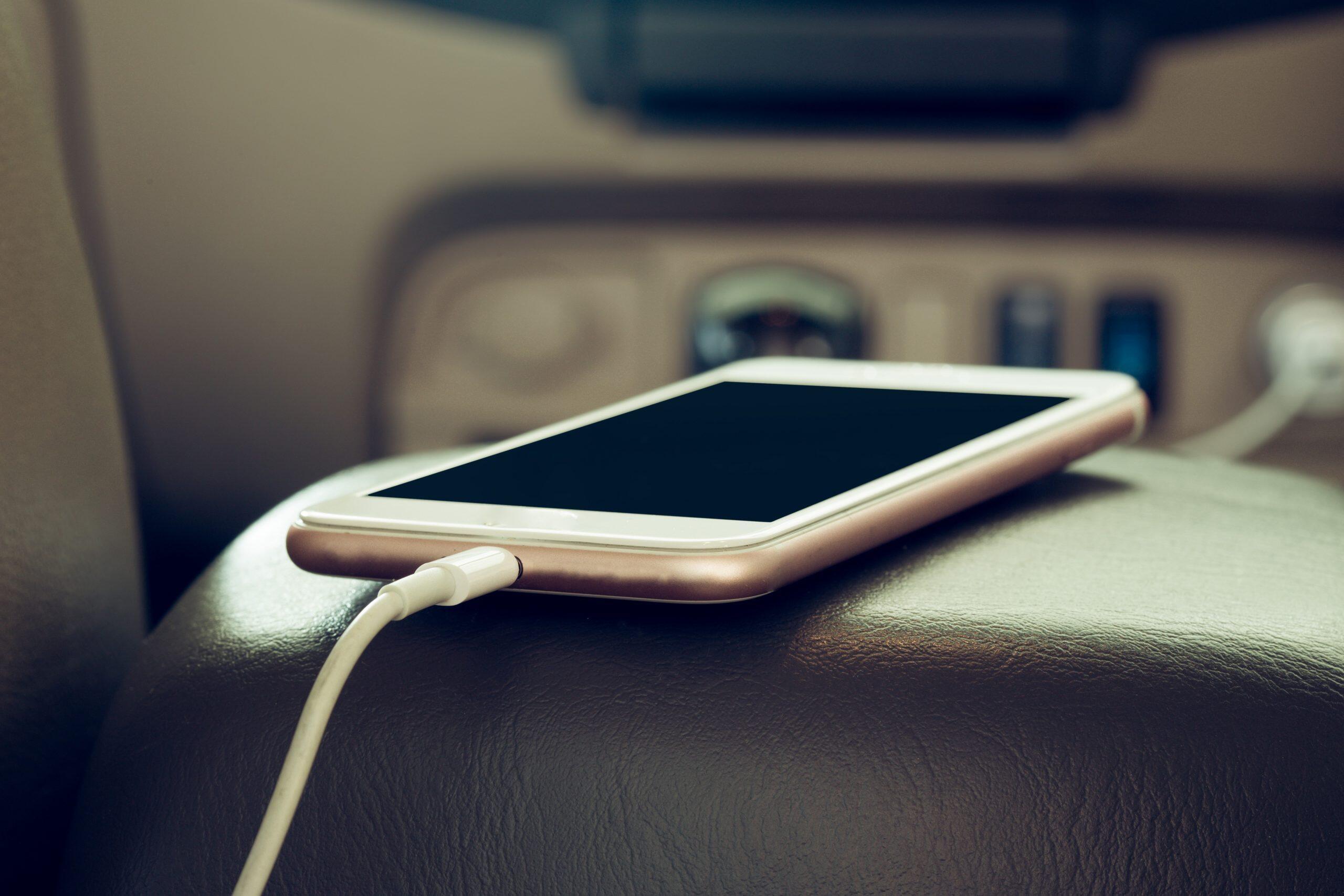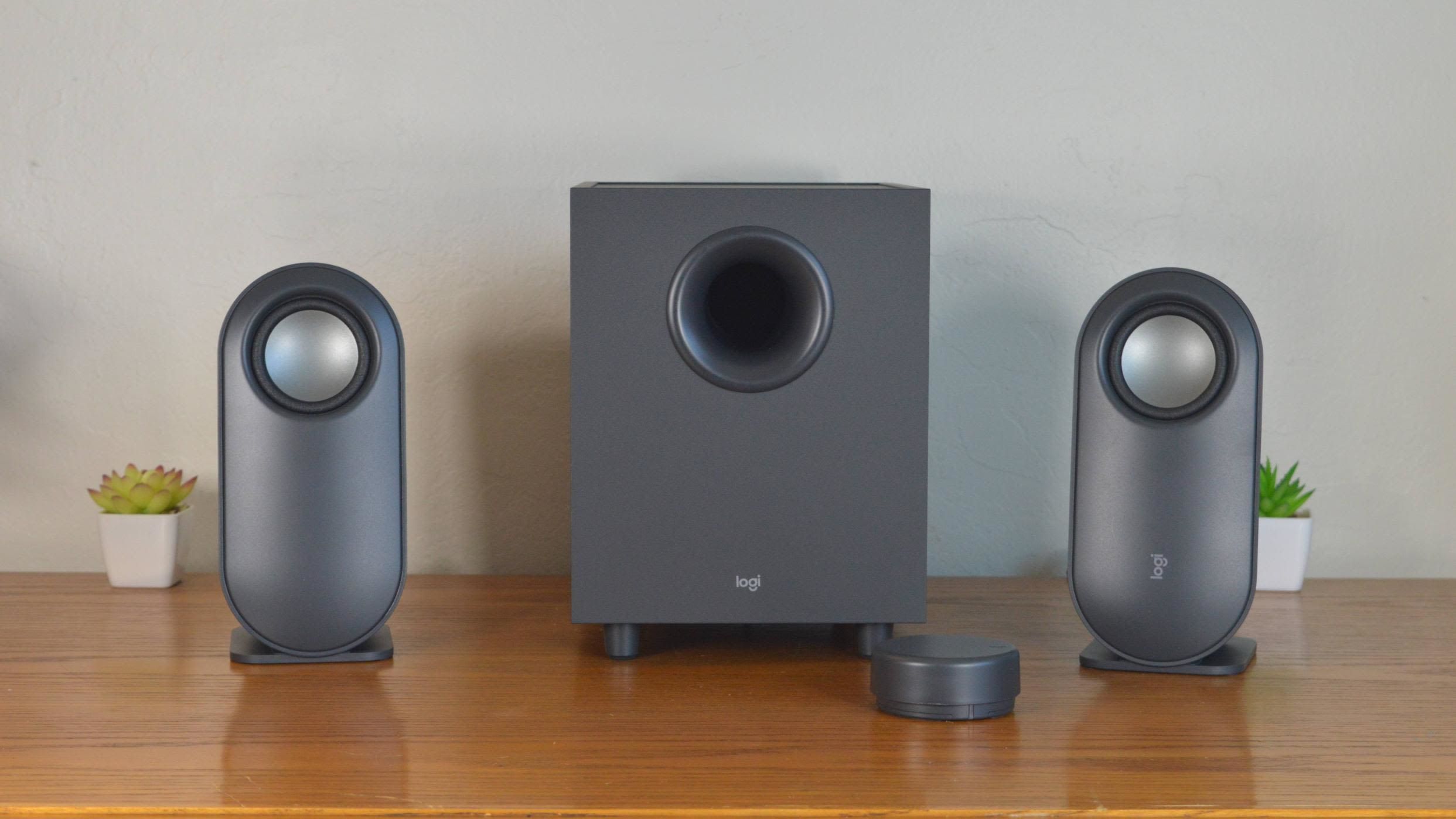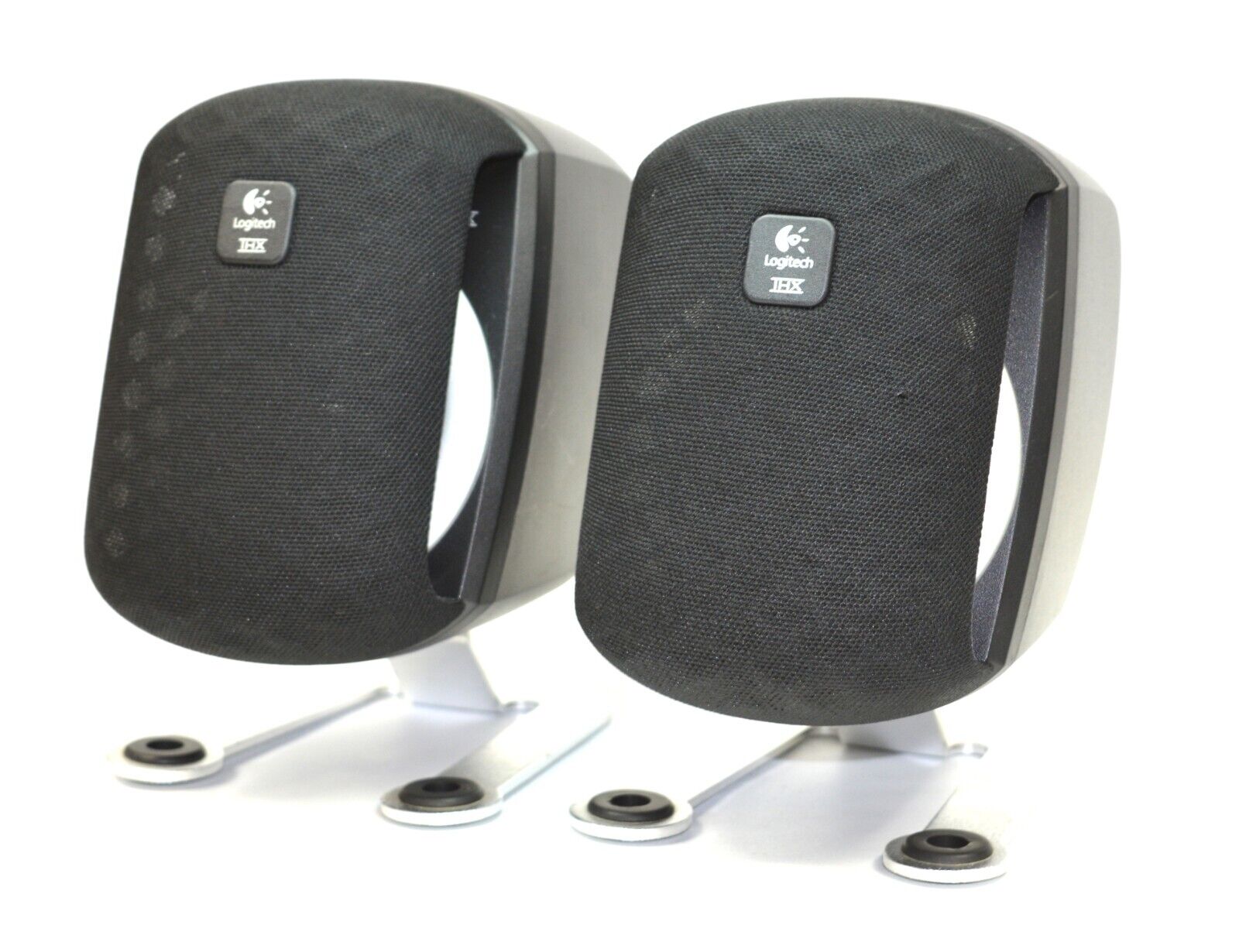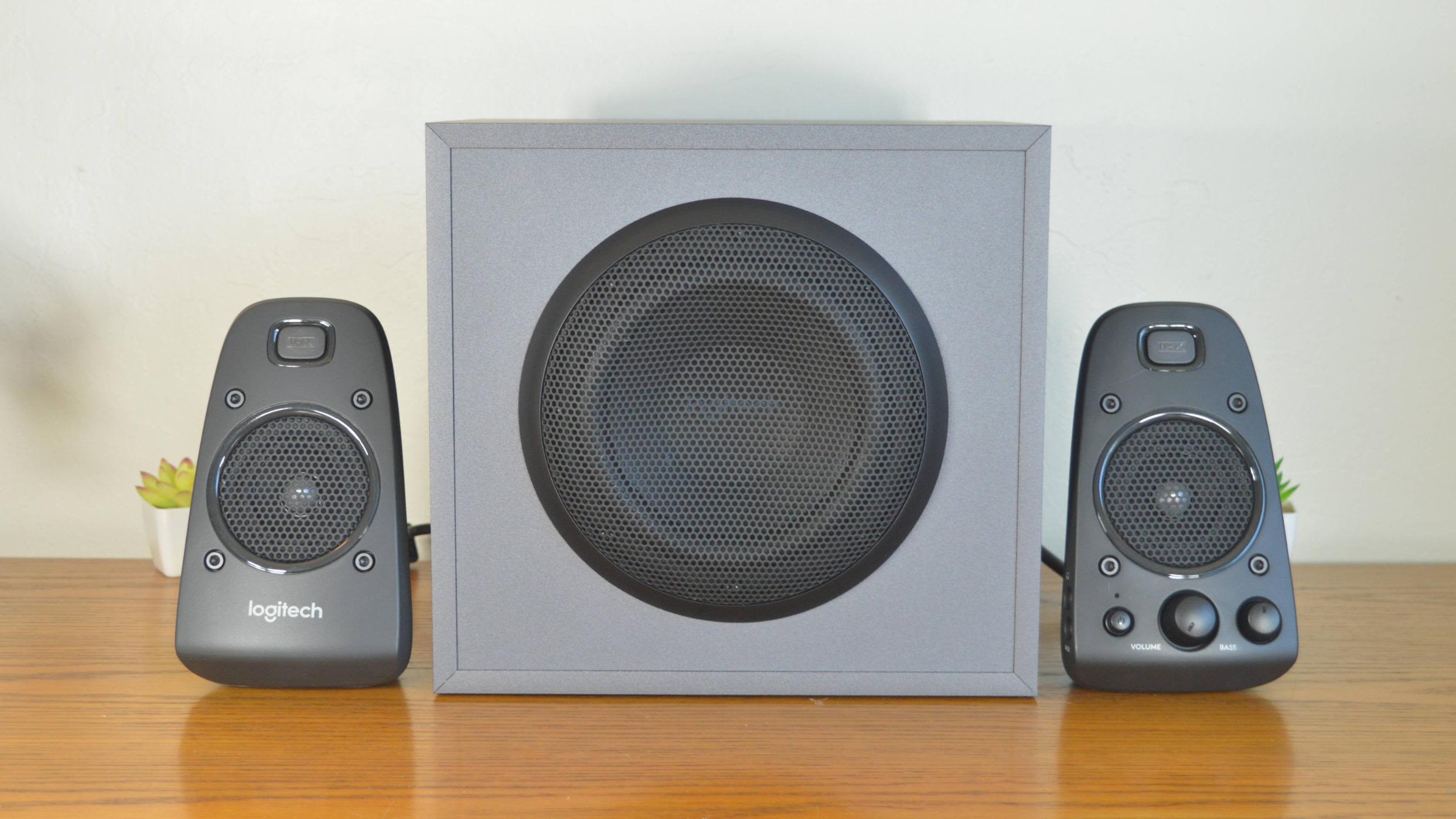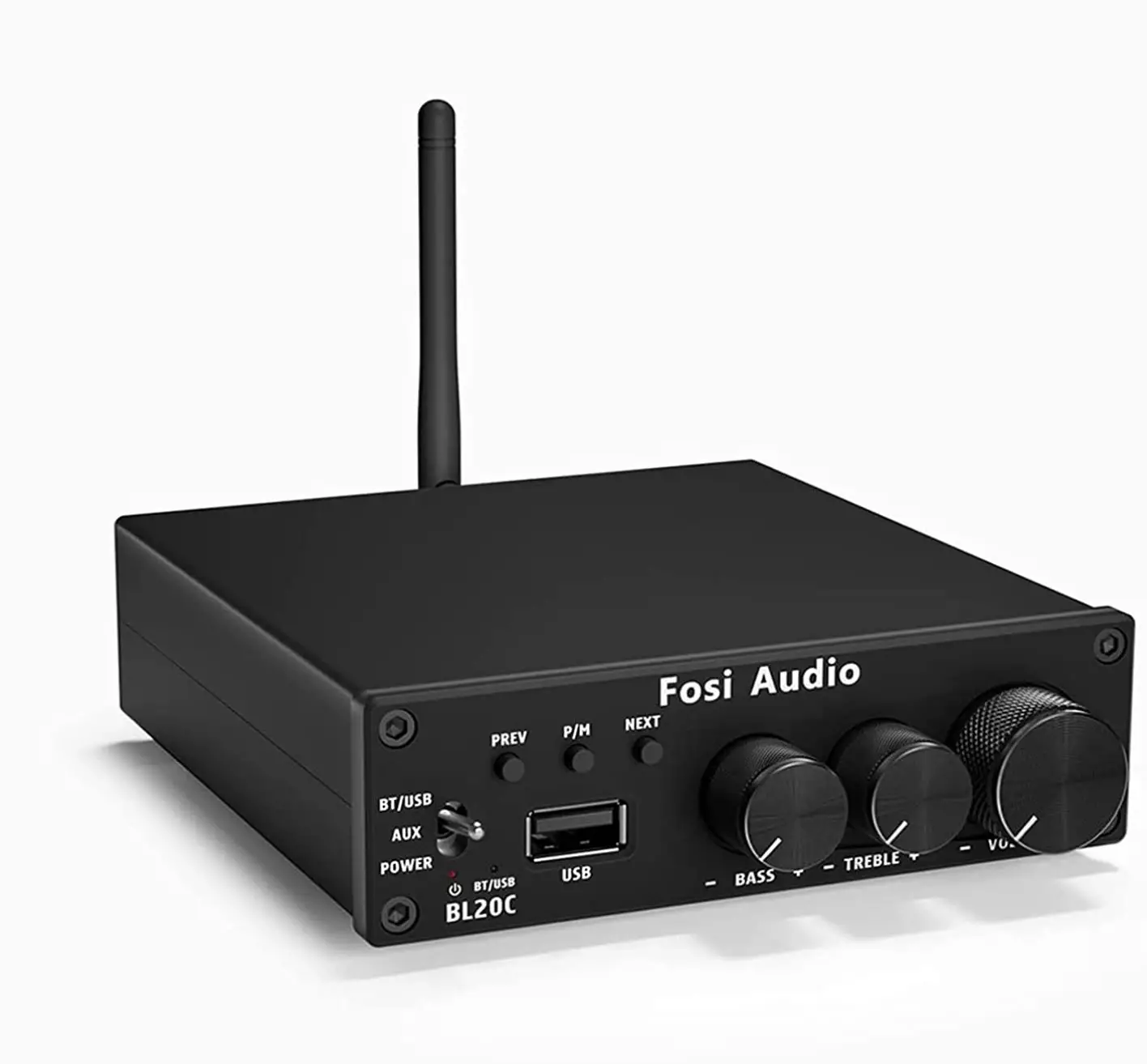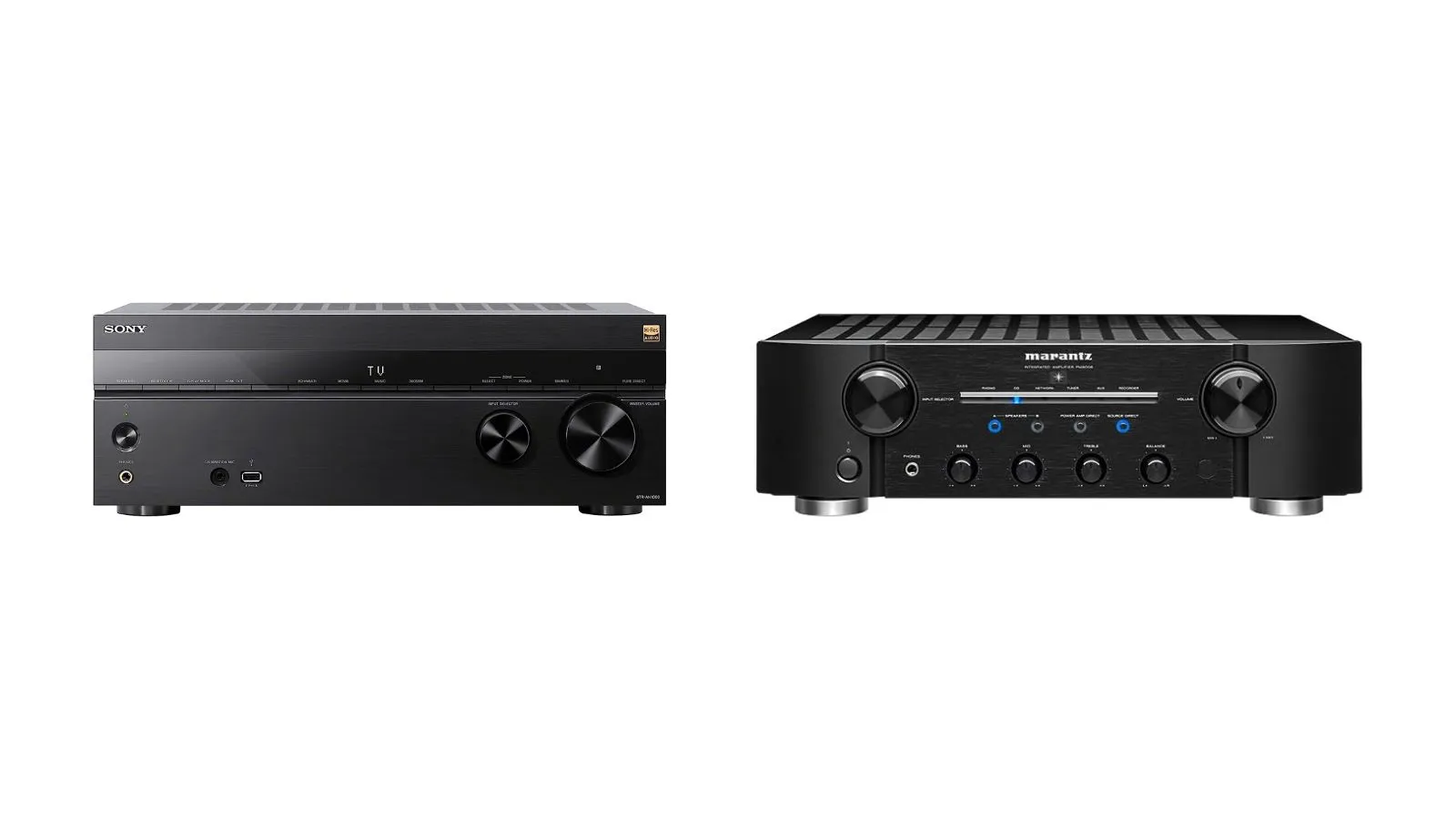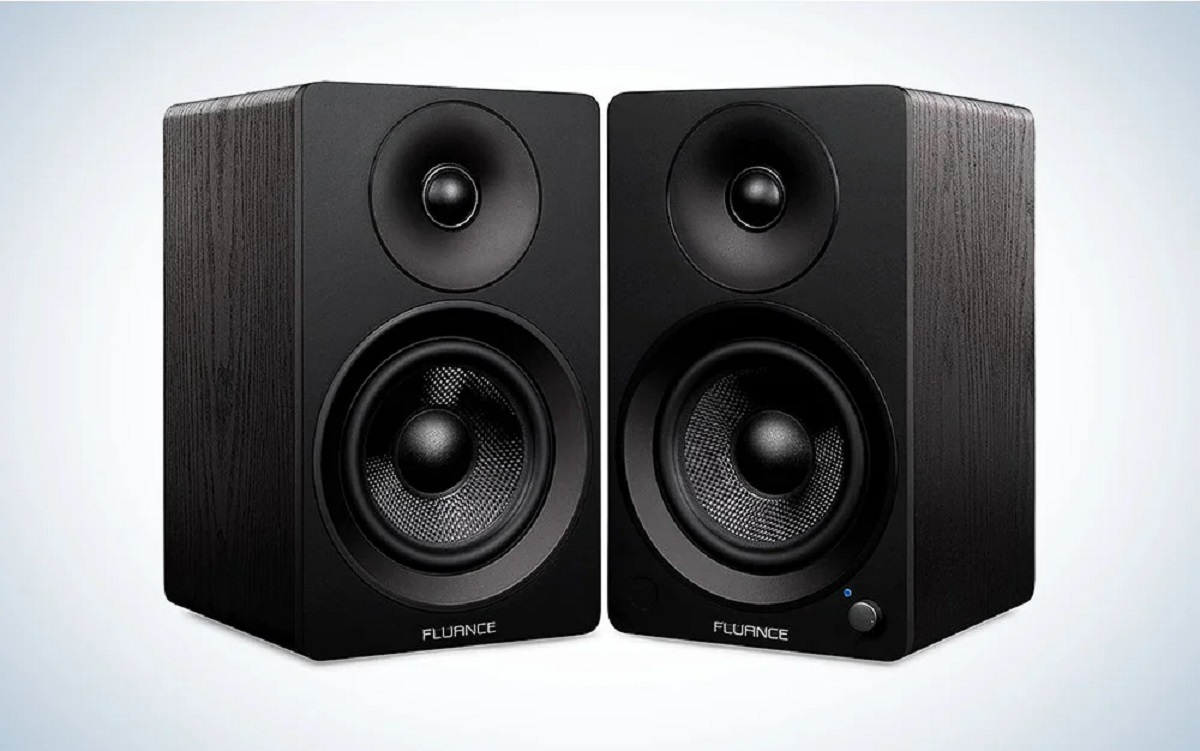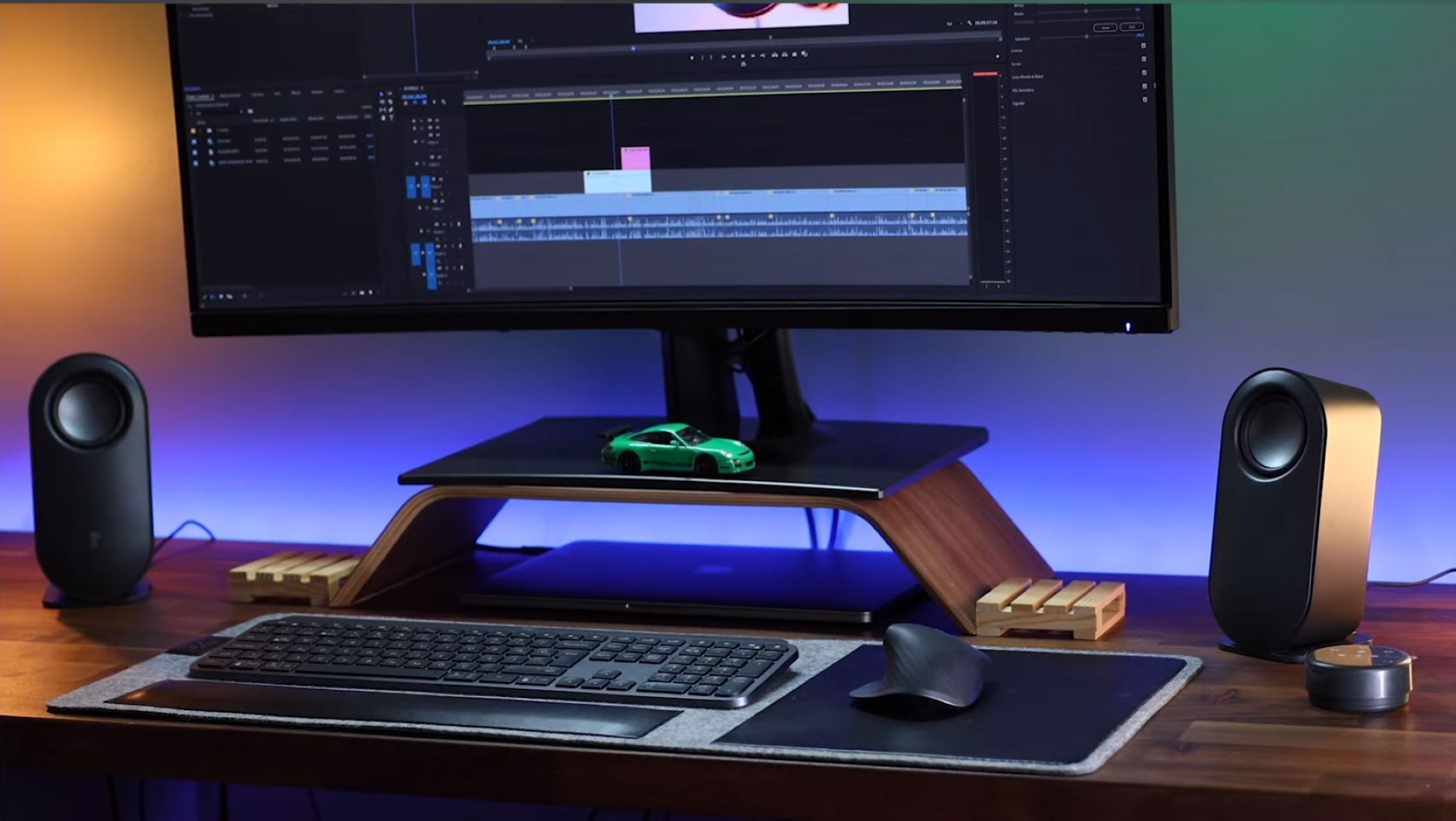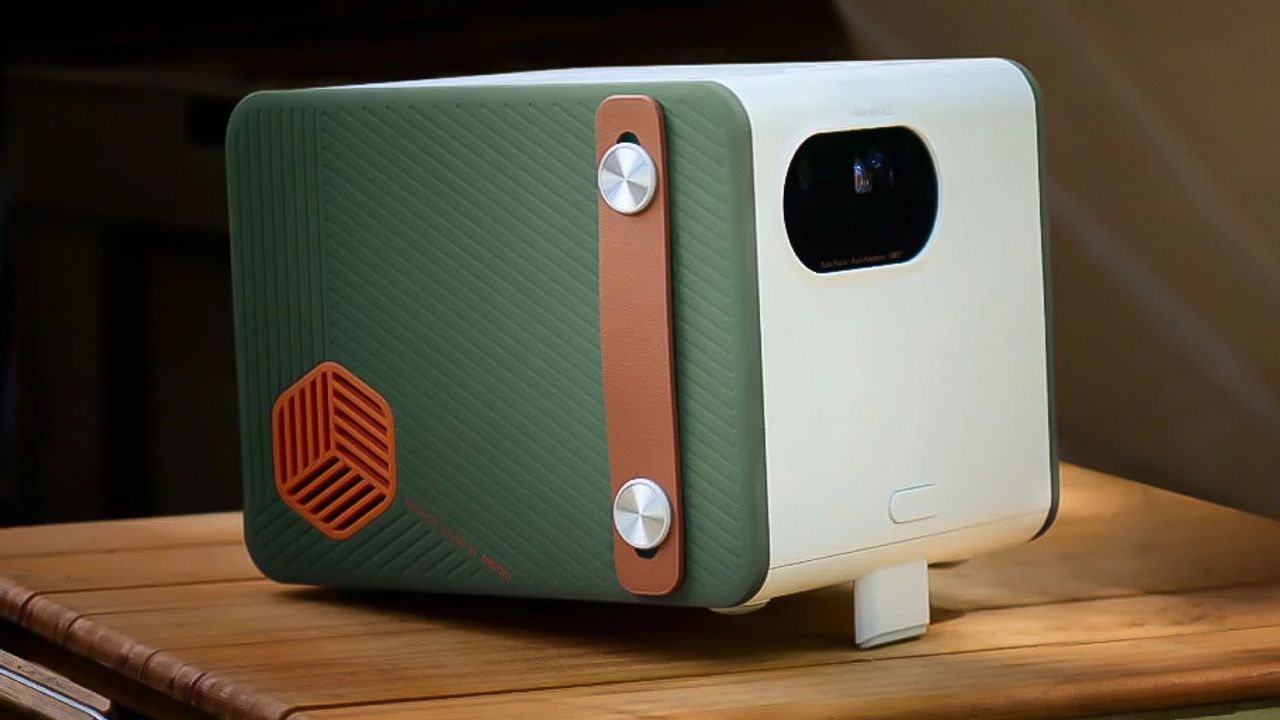Introduction
Smartphones have become an essential part of our lives, serving as our personal assistants, communication tools, and sources of entertainment. With such dependence on these devices, it is crucial to understand how much power they consume. Knowing the wattage of your smartphone can help you make informed decisions about charging, battery life, and energy usage.
Understanding the power consumption of your smartphone is especially important in today’s world, where energy conservation and sustainability play a vital role. By gaining insights into how much power your device consumes, you can make adjustments to minimize energy waste and prolong battery life.
In this article, we will explore the concept of watts, how to measure smartphone power consumption, factors that affect power usage, and tips for saving battery life. Additionally, we will discuss average power consumption among popular smartphone brands and the future of smartphone power efficiency.
Whether you are a tech enthusiast, a conscious consumer, or simply interested in optimizing your smartphone’s performance, this article will provide you with valuable information on how many watts your smartphone uses and how to make the most of its power.
The Importance of Knowing How Many Watts Your Smartphone Uses
Understanding the wattage of your smartphone is essential for several reasons. Firstly, it allows you to be knowledgeable about power consumption, enabling you to make informed decisions regarding charging and battery life. By knowing how many watts your device uses, you can optimize your charging routine, ensuring that you’re not overcharging or undercharging your phone.
Moreover, being aware of your smartphone’s power consumption helps you become a more conscious consumer. In today’s world, where energy conservation is critical, knowing how much power your device consumes can contribute to reducing your carbon footprint. By taking steps to minimize energy waste, such as reducing unnecessary app usage or implementing power-saving features, you can actively participate in sustainable practices.
Additionally, understanding your smartphone’s power usage can significantly impact your daily routine. Armed with this knowledge, you can plan accordingly and ensure that your phone does not run out of battery at crucial moments. For example, if you know that your device consumes a certain amount of watts per hour, you can estimate the duration until you need to recharge.
Furthermore, knowing the wattage of your smartphone is vital for troubleshooting power-related issues. If you notice unusually high power consumption or rapid battery drain, understanding how many watts your device uses can help you identify the cause. You can then take appropriate steps to rectify the issue, such as closing power-draining apps or adjusting settings that may be causing excessive power consumption.
Overall, being aware of how many watts your smartphone uses empowers you to take control of your device’s energy usage. By becoming conscious of power consumption, you can optimize charging, reduce energy waste, prolong battery life, and troubleshoot any power-related problems. It also allows you to align your smartphone usage with your environmentally friendly practices, contributing to a more sustainable future.
What Are Watts?
Watts, in the context of smartphone power consumption, is a unit of measurement used to quantify the rate at which electrical energy is being used or transferred. It is named after James Watt, the Scottish inventor who played a significant role in the development of the steam engine.
Watts measure the amount of energy consumed by an electronic device per unit of time. In the case of smartphones, it refers to the electrical power drawn by the device to perform various tasks, such as making calls, browsing the internet, or running applications.
When you charge your smartphone, the power adapter supplies a certain number of watts to the device. This power is converted into electrical energy inside the smartphone, which allows it to function. The amount of power consumed by your smartphone depends on its hardware components, software, and the actions you perform while using it.
To put it simply, watts represent the “workload” your smartphone is handling at any given time. Running resource-intensive applications, playing graphics-intensive games, or streaming high-definition videos will likely consume more watts compared to tasks like sending text messages or listening to music.
It’s important to note that smartphones have different power consumption rates depending on the device’s make, model, and specifications. The power consumption of a flagship smartphone with a large high-resolution display and a powerful processor will be different from that of a budget device with lower-end components.
Understanding what watts are and how they relate to smartphone power consumption is crucial because it allows you to gauge the energy requirements of your device. It helps you understand why certain tasks or applications may drain your battery more quickly or why your device may heat up during heavy usage.
By being aware of the watts your smartphone consumes, you can make more informed decisions about how you use your device, manage its battery life effectively, and potentially save energy in the long run.
How to Measure Smartphone Power Consumption
Measuring smartphone power consumption provides valuable insights into the energy usage of your device. While it may not be possible to directly measure the exact wattage your smartphone consumes in real-time, there are several methods and tools you can use to estimate power consumption.
One common method is to use a power meter, which is a device inserted between the power source and your smartphone’s charger. Power meters can measure the current and voltage being drawn by the device, which can then be used to calculate power consumption in watts. These meters often provide a digital display showing the power consumption in real-time.
Another approach is to use software applications that estimate power consumption based on device usage. These apps collect data on battery drain, CPU usage, screen-on time, and other factors to provide an estimation of power usage. While not as accurate as a power meter, these apps can still give you a general idea of your smartphone’s power consumption.
Some smartphone manufacturers provide built-in power consumption monitoring tools in their devices. These tools, often found in the settings menu, display power usage statistics of different apps and hardware components. They give you insights into which apps or features are consuming the most power, allowing you to adjust settings or optimize your usage accordingly.
In addition to these methods, you can also refer to the technical specifications provided by smartphone manufacturers. They typically mention the battery capacity, which, coupled with knowledge of average usage patterns, can help you estimate power consumption. However, it’s important to note that these specifications represent ideal conditions and actual usage may vary.
While measuring smartphone power consumption may not provide you with an exact wattage, it still offers valuable information on how energy is being used by your device. By monitoring power consumption, you can identify power-hungry apps or features, implement energy-saving measures, and make informed decisions to optimize battery life.
Keep in mind that power consumption can vary based on usage patterns, network connectivity, screen brightness, and other factors. Regular monitoring and experimenting with different settings and usage habits can help you gain a better understanding of your smartphone’s power consumption.
Factors That Affect Smartphone Power Consumption
Several factors contribute to the power consumption of smartphones. Understanding these factors can help you identify the key drivers of power drain and make informed decisions to optimize your device’s energy usage. Here are some significant factors that influence smartphone power consumption:
1. Display: The display is one of the most power-hungry components of a smartphone. Higher screen brightness settings, larger screen sizes, and the use of energy-intensive display technologies like AMOLED can significantly impact power consumption.
2. Processor and GPU: The processor and graphics processing unit (GPU) are responsible for carrying out various tasks on your smartphone. More powerful processors and GPUs tend to consume more power, especially when running demanding applications or games.
3. Wireless Connectivity: Features like Wi-Fi, Bluetooth, and cellular data consume power when active. Continuous usage of these connectivity options, especially in areas with weak signals, can drain your battery faster.
4. Apps and Background Processes: Certain applications and background processes running on your smartphone can be power-intensive. Features like location services, push notifications, and constantly updating widgets can contribute to power drain.
5. Screen Timeout and Sleep Settings: Setting a longer screen timeout or keeping your device awake for unnecessary periods can lead to increased power consumption. Adjusting these settings to shorter durations can help conserve battery life.
6. Camera Usage: Using the smartphone’s camera extensively, especially with flash or video recording, can consume significant power. High-resolution photos or video recording at higher frame rates can also contribute to increased power consumption.
7. Background Sync and App Refresh: Applications that frequently synchronize data in the background or refresh content regularly consume power. Adjusting sync settings and disabling unnecessary background processes can help reduce power drain.
8. Screen Resolution: Higher screen resolutions require more power to render content. Lowering the screen resolution can lead to reduced power consumption, although it may affect the visual quality of the display.
9. Ambient Environment: Extreme temperatures, whether excessively hot or cold, can impact battery performance. It is advisable to use smartphones within the recommended operating temperature range specified by the manufacturer.
10. Battery Health: Over time, smartphone batteries can degrade, and their capacity to hold a charge decreases. Older batteries may drain faster, leading to increased power consumption and reduced battery life.
Understanding these factors that impact power consumption can help you make informed choices about optimizing your smartphone’s energy usage. Adjusting settings, managing applications, and adopting power-saving techniques can significantly extend your battery life and improve overall efficiency.
Average Power Consumption of Popular Smartphone Brands
Power consumption varies among different smartphone brands and models due to variations in hardware specifications, software optimizations, and user behavior. While it is challenging to provide exact power consumption values for specific brands, we can discuss the power efficiency of some popular smartphone brands based on general industry trends.
1. Apple: Apple iPhones are known for their power efficiency. Apple’s optimization of hardware and software integration allows iPhones to deliver impressive battery life despite relatively smaller battery capacities. Additionally, iOS employs power-saving features and background app management to minimize power consumption.
2. Samsung: Samsung smartphones, particularly those in the Galaxy S and Note series, are known for their high-quality displays and powerful processors. While these features contribute to an excellent user experience, they can also result in relatively higher power consumption. However, Samsung has implemented power-saving modes and optimizations to help mitigate excessive energy usage.
3. Google: Google’s Pixel smartphones offer a stock Android experience with a focus on software efficiency. Pixel devices are known for their impressive camera capabilities, but they have been criticized for slightly higher power consumption compared to other flagship devices. However, with each new iteration, Google continues to refine power management to maximize battery life.
4. Huawei: Huawei devices, such as the P and Mate series, often feature large batteries and power-efficient chipsets. Huawei has implemented power-saving options and AI-driven optimizations to deliver competitive battery life. However, power consumption may vary depending on the specific device model and software version.
5. OnePlus: OnePlus smartphones emphasize performance and offer an almost stock Android experience. They are often praised for their optimization and power efficiency. OxygenOS, OnePlus’ custom Android skin, includes various power-saving options, allowing users to customize their device’s energy usage to meet their specific needs.
6. Xiaomi: Xiaomi devices combine high-quality hardware with their custom MIUI software. MIUI offers various power-saving modes and features to optimize energy usage. While Xiaomi smartphones are generally efficient, power consumption may vary depending on the device model and MIUI version.
It’s important to note that power consumption can vary within each brand’s lineup, with differences observed between different models and generations. Factors such as display size, resolution, processor efficiency, battery capacity, and software optimizations play a significant role in determining the power consumption of specific smartphone models.
Ultimately, when selecting a smartphone, it’s essential to consider factors beyond just power consumption, such as overall performance, features, and user experience. Battery life can be improved through various techniques, including power-saving settings, background app management, and optimizing usage patterns.
Do keep in mind that these trends and observations might evolve with each new smartphone release as manufacturers continuously work on enhancing power efficiency in their devices.
Battery Saving Tips for Minimizing Power Consumption
Managing your smartphone’s power consumption is essential for optimizing battery life and ensuring your device lasts throughout the day. Here are some practical battery-saving tips to minimize power consumption:
- Adjust Screen Brightness: Lowering your screen brightness or enabling auto-brightness can significantly reduce power consumption. Avoid using maximum brightness unless necessary.
- Use Power Saving Mode: Most smartphones offer power-saving modes that limit background activities, reduce processing power, and adjust display settings to conserve energy. Activate these modes when your battery is running low.
- Manage App Usage: Close unnecessary background apps and disable or uninstall power-hungry apps that you rarely use. Apps running in the background consume power even when you’re not actively using them.
- Enable Dark Mode: Dark mode or night mode can save significant power on devices with OLED or AMOLED screens by reducing the energy required to light up pixels.
- Optimize Connectivity Settings: Turn off Wi-Fi, Bluetooth, and NFC when not in use. These wireless connections drain battery power, especially when your device continually scans for networks or devices.
- Manage Location Services: Use location services sparingly and only when needed. Apps that continuously access your location drain battery life. Limit access to location services for apps that don’t require it.
- Reduce Sync Frequency: Adjust the sync frequency of your email, social media, and other apps to minimize background data usage and power consumption. Manually syncing when needed can save significant power.
- Minimize Push Notifications: Disable unnecessary push notifications or limit them to essential apps. Constantly receiving notifications causes your device to wake up frequently, consuming power unnecessarily.
- Opt for Wi-Fi over Cellular Data: When available, use Wi-Fi networks instead of cellular data. Wi-Fi tends to be more power-efficient, reducing the strain on your device’s battery.
- Manage Display Sleep and Auto-Lock: Set a shorter time for your device to automatically sleep or lock the screen after inactivity. This reduces unnecessary power consumption while the screen remains idle.
Implementing these battery-saving tips can significantly extend your smartphone’s battery life and improve overall power efficiency. Experiment with different settings and usage patterns to find a balance between conserving power and meeting your device’s performance needs.
Remember that power consumption can vary based on individual usage habits and device-specific factors. Understanding your smartphone’s power consumption patterns and adjusting settings accordingly is key to maximizing battery life.
Understanding the Impact of Battery Capacity on Power Usage
The battery capacity of a smartphone plays a crucial role in determining its power usage. The size of the battery affects how long the device can operate before requiring a recharge. Understanding the impact of battery capacity on power usage is essential for managing your device’s energy consumption effectively.
Battery capacity is typically measured in milliampere-hours (mAh) and represents the amount of charge a battery can hold. Higher battery capacity generally translates to longer battery life, allowing your smartphone to stay powered for more extended periods between charges.
When it comes to power usage, larger battery capacity does not mean that the device consumes more power. Instead, it means that the phone can sustain its power-hungry activities for a more extended period before depleting its charge.
For example, a smartphone with a 3000mAh battery may last longer than a phone with a 2000mAh battery when both are performing the same tasks. This is because the device with the larger battery has more stored energy to draw from.
It’s important to note that battery capacity alone does not determine power efficiency. Other factors, such as the device’s hardware, software optimizations, and user behavior, also impact overall power usage. A phone with a larger battery but inefficient software or power-hungry components may not necessarily provide better performance than a device with a smaller battery but higher power efficiency.
Additionally, battery capacity can be affected by various factors, including the age of the battery, operating temperature, and usage patterns. Over time, smartphone batteries can degrade, resulting in reduced capacity and shorter battery life.
To optimize power usage with respect to battery capacity, it is crucial to adopt practices that maximize efficiency. This includes implementing power-saving features, adjusting device settings, managing app usage, and being mindful of power-hungry activities.
Understanding the impact of battery capacity on power usage helps you plan your device usage better. By knowing the battery capacity and estimating the average power consumption of your smartphone, you can gauge how long your device will last before needing a recharge. This knowledge allows you to adapt your usage patterns accordingly and ensure that your smartphone remains powered throughout the day.
Ultimately, while battery capacity is an important factor in managing power usage, it should be considered alongside other aspects such as software optimization, device hardware, and user behavior to achieve optimal power efficiency.
The Future of Smartphone Power Efficiency
The pursuit of improved power efficiency in smartphones is an ongoing endeavor for manufacturers and developers. As technology advances, several developments and trends point towards a future with even greater smartphone power efficiency.
1. Advancements in Processor Technology: Processors are at the heart of smartphone power consumption. Continued advancements in chip manufacturing technology and architecture design are leading to more efficient processors that can deliver better performance while consuming less power. This allows for improved power efficiency and longer battery life.
2. Optimization of Software and Operating Systems: Software plays a crucial role in power consumption. Smartphone manufacturers are investing heavily in optimizing their software and operating systems to minimize power drain. Techniques such as idle management, intelligent app background processing, and power-saving modes are being refined to enhance power efficiency.
3. Integration of Artificial Intelligence (AI): AI technologies are being used to enhance smartphone power efficiency. AI algorithms can optimize system performance, intelligently manage power consumption, and adapt to user behavior to maximize battery life. This includes tasks like intelligently managing background processes, predicting usage patterns, and dynamically adjusting power allocation for different tasks.
4. Enhanced Battery Technologies: Research and development efforts are focused on improving battery technology to deliver higher energy densities and faster charging capabilities. Advancements such as solid-state batteries, graphene-based batteries, and improved battery chemistries are being explored to reduce power consumption and increase overall battery life.
5. Innovative Display Technologies: Displays play a significant role in smartphone power consumption. The development of energy-efficient display technologies like OLED (Organic Light Emitting Diode) and microLED offers the potential for lower power consumption without compromising on visual quality. Additionally, features like variable refresh rates and smart power management algorithms incorporated into displays help conserve energy.
6. User Empowerment: Smartphone manufacturers are increasingly providing users with tools and features to monitor and optimize power consumption. This includes advanced power management settings, battery usage statistics, and recommendations for power-saving techniques. Empowering users with knowledge and control over their device’s power usage gives them the ability to make informed decisions to improve efficiency.
7. Collaborations for Energy Efficiency: The industry is witnessing collaborations between smartphone manufacturers, software developers, and chipmakers to collectively work towards improving power efficiency. Sharing knowledge, resources, and research findings can lead to more significant advancements in power management and optimized software-hardware integration.
The future of smartphone power efficiency is promising, with continuous innovations aimed at maximizing battery life and enhancing the overall user experience. As devices become more power-efficient, users can expect longer battery life, reduced environmental impact, and seamless smartphone performance that meets their ever-growing needs.
Conclusion
Understanding the power consumption of your smartphone is vital in today’s tech-centric world. By knowing how many watts your device uses, you can make informed decisions about charging, optimize battery life, and minimize energy waste. It empowers you to take control of your smartphone’s energy usage and align it with environmentally friendly practices.
Throughout this article, we discussed the importance of knowing how many watts your smartphone uses and how it impacts your daily life. We explored what watts are and how to measure smartphone power consumption. We also examined the factors that affect power consumption, including display, processor, connectivity, and app usage.
Additionally, we delved into the average power consumption of popular smartphone brands, highlighting their power efficiency characteristics. Battery saving tips were provided to help you minimize power consumption and prolong battery life, allowing you to get the most out of your device.
Moreover, we explored the significance of battery capacity in power usage and its impact on overall efficiency. Understanding how battery capacity influences power consumption enables you to manage your device’s energy usage effectively.
Lastly, we discussed the future of smartphone power efficiency, highlighting advancements in processor technology, software optimization, AI integration, battery technologies, display innovations, user empowerment, and industry collaborations.
As technology continues to evolve, we can expect smartphones to become even more power-efficient, providing longer-lasting batteries and optimized power management solutions. Being conscious of power consumption and implementing energy-saving practices will enable us to make the most of our smartphones while minimizing our impact on the environment.
By staying informed and adopting power-saving habits, you can enjoy the benefits of your smartphone without worrying about running out of battery or wasting energy. Use the knowledge gained from this article to make informed decisions, optimize power usage, and contribute towards a more sustainable and efficient smartphone experience.







